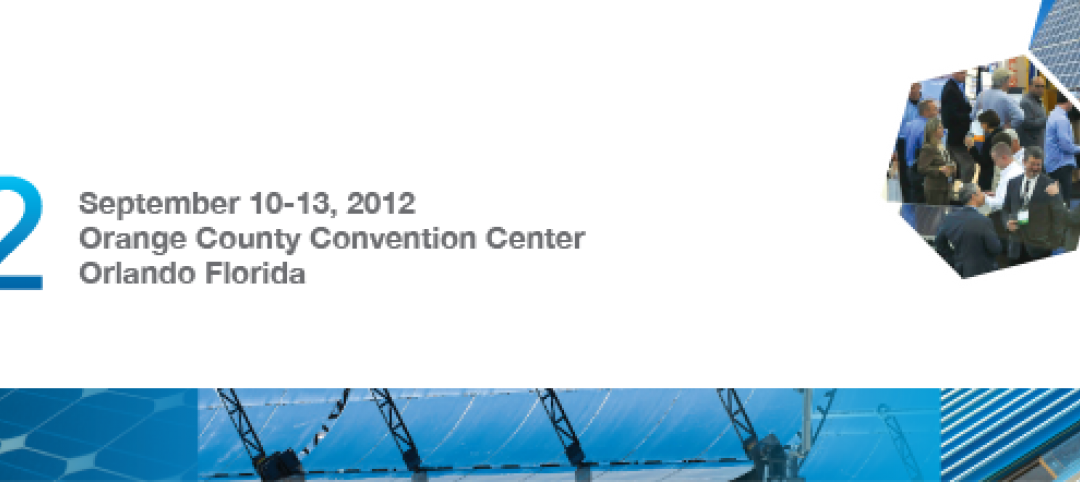While the Bird's Nest and Water Cube captured all the TV coverage during the Beijing Olympics in August, the Rem Koolhaas-designed CCTV Headquarters in Beijing—known as the “Drunken Towers” or “Big Shorts,” for its unusual shape—is certain to steal the show when it opens next year.
The Dutch architect's scheme for the $730 million, 4.8-million-sf building, which will serve as the new headquarters for China's state-run television network, essentially folds and twists the traditional skyscraper form into a parallelogram-like shape.
The result is a single loop composed of four horizontal and two vertical sections that connects CCTV's news, broadcasting, administration, and program production departments. Koolhaas's goal is to create an environment that forces everyone in the television business—creative types, producers, technicians, and administrators—to interact in hopes of producing better programming more efficiently and economically.
The novel design, with its large, nine-story base, also provides multiple social “touch points” with the public to encourage passersby to engage with the building, according to Ole Scheeren, Office for Metropolitan Architecture's partner-in-charge on the project.
Because OMA's unusual geometric scheme does not meet Chinese building code, the project structural engineering team, led by London-based Arup with the East China Architecture and Design Institute (ECADI) as local design institute of record, had to employ a performance-based design approach. As part of this process, engineers had to convince a panel of experts that the structure would not only withstand major seismic and wind events, but also hold up during construction—a significant challenge, given that the sloping vertical towers had to be connected at the top.
“The unprecedented structural design underwent the most rigorous internal and external scrutiny during a two-year span, including an expert panel review by China's Ministry of Construction,” says Rory McGowan, Arup's project director on the CCTV project.
Unlike traditional vertical high-rise construction, where the building's core serves as the primary support, Arup engineers had to utilize the building's external face as the superstructure, creating what is essentially a “continuous tube” composed of a series of steel diagonal braces, or X braces, that work in conjunction with a regular grid of columns and edge beams. This braced tube approach provides ample strength and stiffness in the towers to deliver the loads to the base, and the proper stiffness in the base to reinforce the lower tower levels and deliver loads to the foundation. It also accommodates forces from bending and twisting between the two towers, and provides the leaning towers ample stiffness during construction, allowing them to be safely constructed within tight tolerances before they were connected and propped off each other.
The distribution of the diagonal bracing is not uniform, however. Using 3D modeling software, engineers were able to make the structure as efficient as possible based on load calculations. For instance, the amount of X-bracing was doubled around heavy-loaded zones, such as the “armpits,” and halved around light-loaded zones, including the uppermost portion of the building.
“Varying the bracing density allowed us to fine-tune the structure to ensure it was not too stiff to minimize seismic loads,” says McGowan. The Arup team worked closely with OMA to express this optimized X-bracing pattern in the building's façade.
Internal steel columns extend from the foundation up to the furthest reaches of the building, providing support for the floor plates. Due to the slopping nature of the towers, the vertical columns could not extend continuously from top to bottom. To transfer the load from one series of columns to another, the team designed a system of two-story-deep transfer trusses located three-quarters of the way up the building. A similar approach was employed to support the floor plates in the cantilevered overhang.
Early on, the Building Team considered sloped vertical cores to provide a consistent floor plate layout. But finding a sloped elevator system for a building of this scale was difficult.
“We also learned that having different floor plans actually allowed more flexibility in terms of planning for studios, editing suites, and so on,” says McGowan. Therefore, the final scheme steps straight vertical cores so that they always sit within the footprint of the sloping towers.
The main towers sit on a hybrid piled raft foundation system that shares the total load coming from the superstructures between a 7½-meter-thick concrete platform, or “raft,” and a series of 1.2-meter-diameter piles that extend 52 meters into the soil. The foundation system is arranged so that the center of the raft is close to the center of load at the bottom of each tower, and no permanent tension is allowed in the piles. Limited tension in certain piles is permitted during a major seismic event.
For the nine-story base and three-story basement, a traditional raft foundation is used, with tension piles between column locations to resist uplift from water pressure acting on the deep basement. Fifteen- to 20-meter-long tension piles are arranged under the raft with additional piles under secondary cores and columns supporting large transfer trusses from the studio areas.
Related Stories
| Apr 20, 2012
Century-old courthouse renovated for Delaware law firm offices
To account for future expansion, Francis Cauffman developed a plan to accommodate the addition of an 8-story tower to the building.
| Apr 20, 2012
Registration open for Solar Power International 2012 in Orlando
President Bill Clinton to deliver keynote address at ?largest solar energy event in the Americas.
| Apr 19, 2012
HBD Construction names Steven Meeks vice president
Meeks will provide expertise for the company in its many diverse areas of construction projects including health care, senior living, education and retail.
| Apr 18, 2012
Positive conditions persist for Architecture Billings Index
The AIA reported the March ABI score was 50.4, following a mark of 51.0 in February; greatest demand is for commercial building projects.
| Apr 17, 2012
Princeton Review releases “Guide to 322 Green Colleges”
The guide profiles 322 institutions of higher education in the U.S. and Canada that demonstrate notable commitments to sustainability in their academic offerings, campus infrastructure, activities and career preparation.
| Apr 17, 2012
FMI report examines federal construction trends
Given the rapid transformations occurring in the federal construction sector, FMI examines the key forces accelerating these changes, as well as their effect on the industry.
| Apr 16, 2012
University of Michigan study seeks to create efficient building design
The result, the researchers say, could be technologies capable of cutting the carbon footprint created by the huge power demands buildings place on the nation’s electrical grid.
| Apr 16, 2012
Batson-Cook breaks ground on senior living center in Brunswick, Ga.
Marks the third Benton House project constructed by Batson-Cook.
| Apr 16, 2012
Drake joins EYP as science and technology project executive
Drake’s more than 30 years of diversified design and project delivery experience spans a broad range of complex building types.
| Apr 16, 2012
$80 million in export financing for solar project in India
The project, “Rajasthan Sun Technique Energy Private Limited,” is a subsidiary of Reliance Power and is being co-financed by the Asian Development Bank and FMO, the Dutch development bank.















